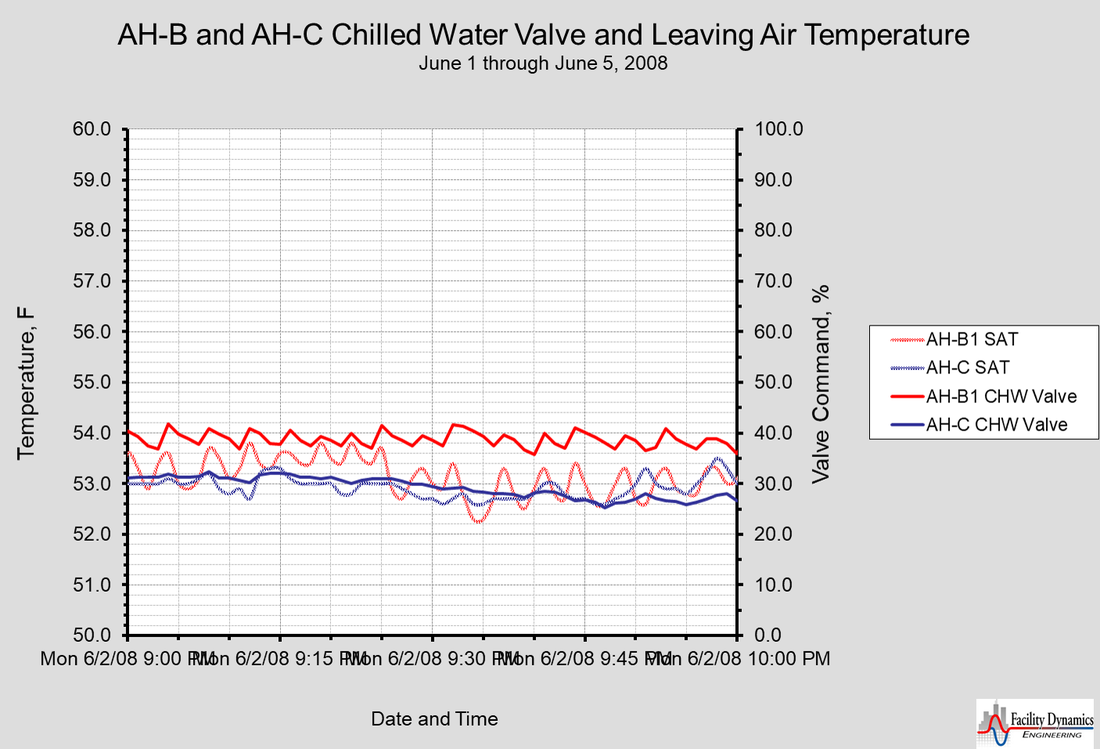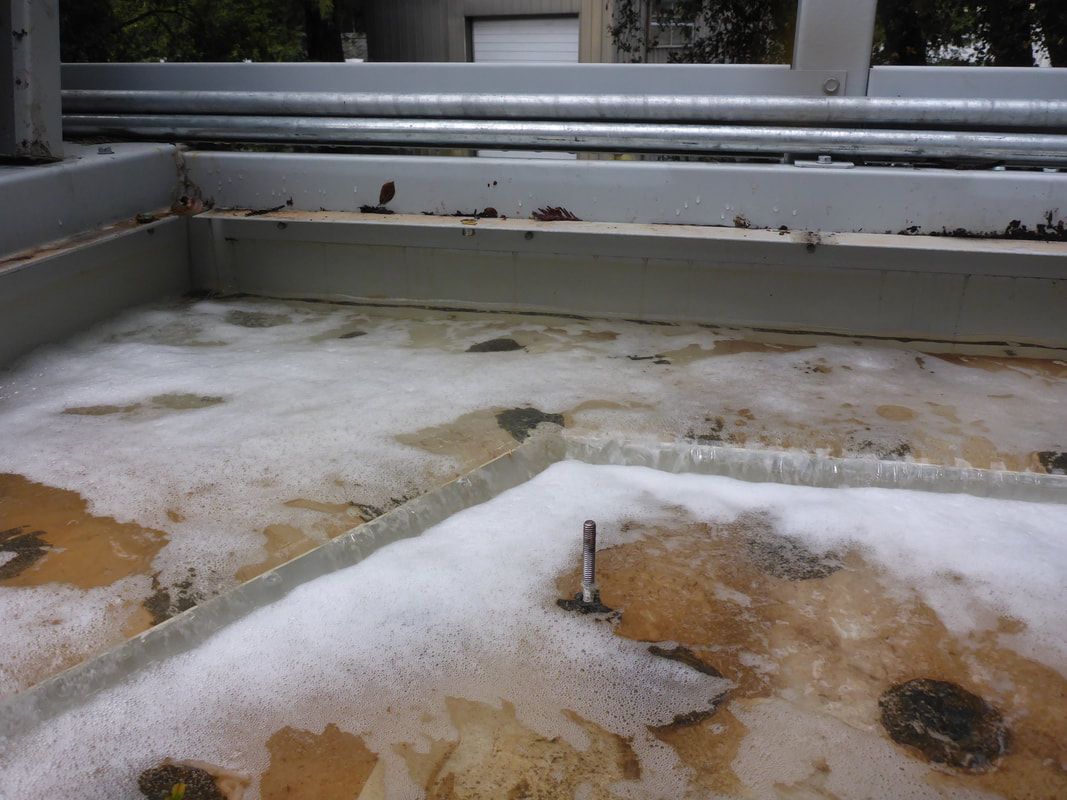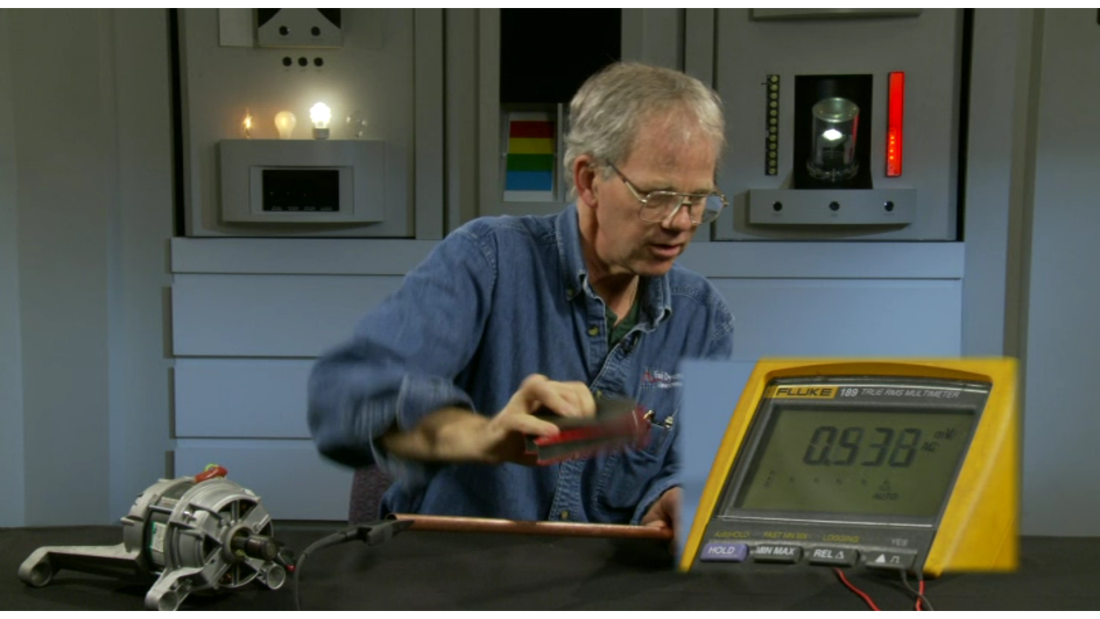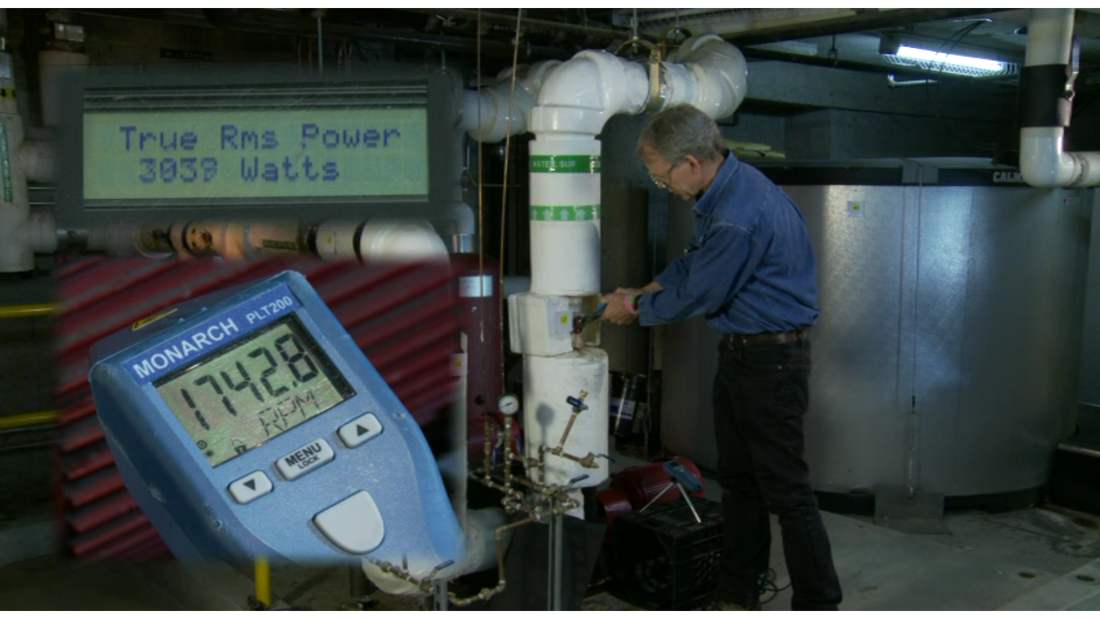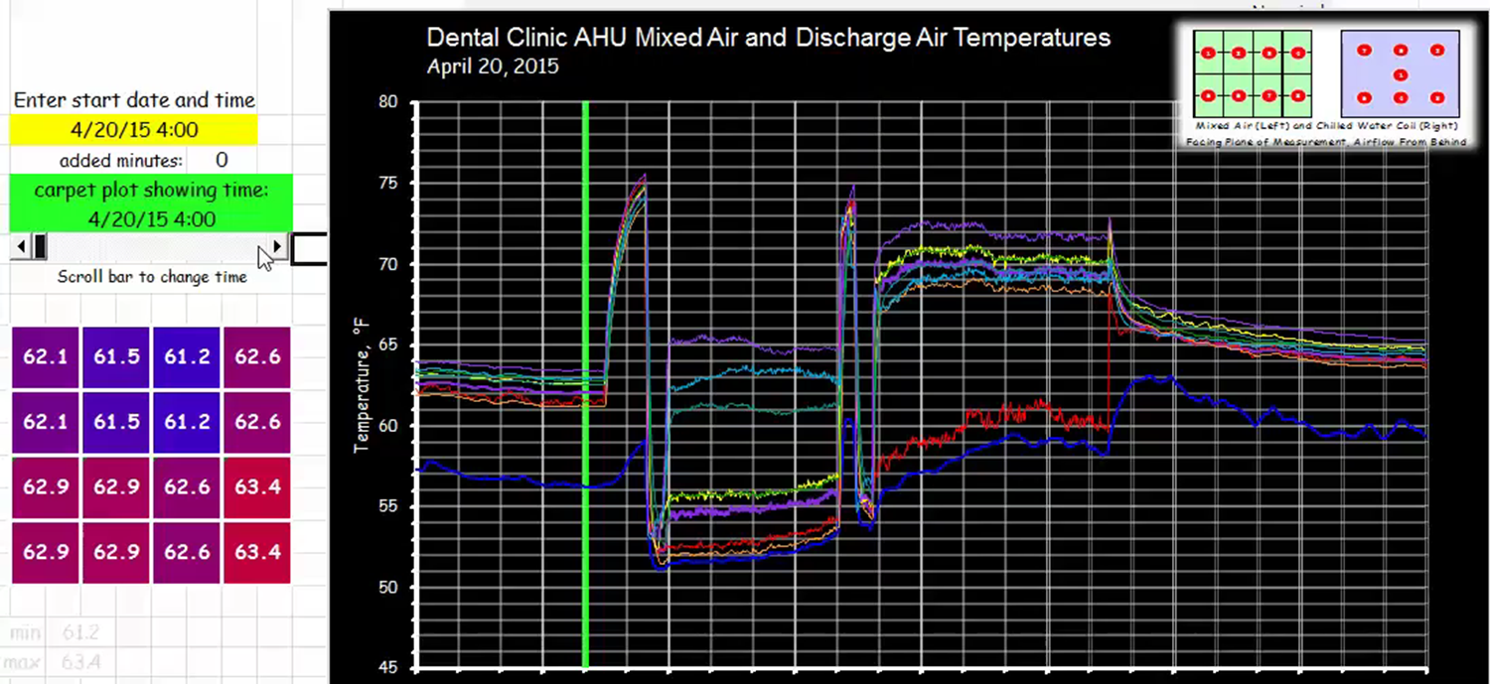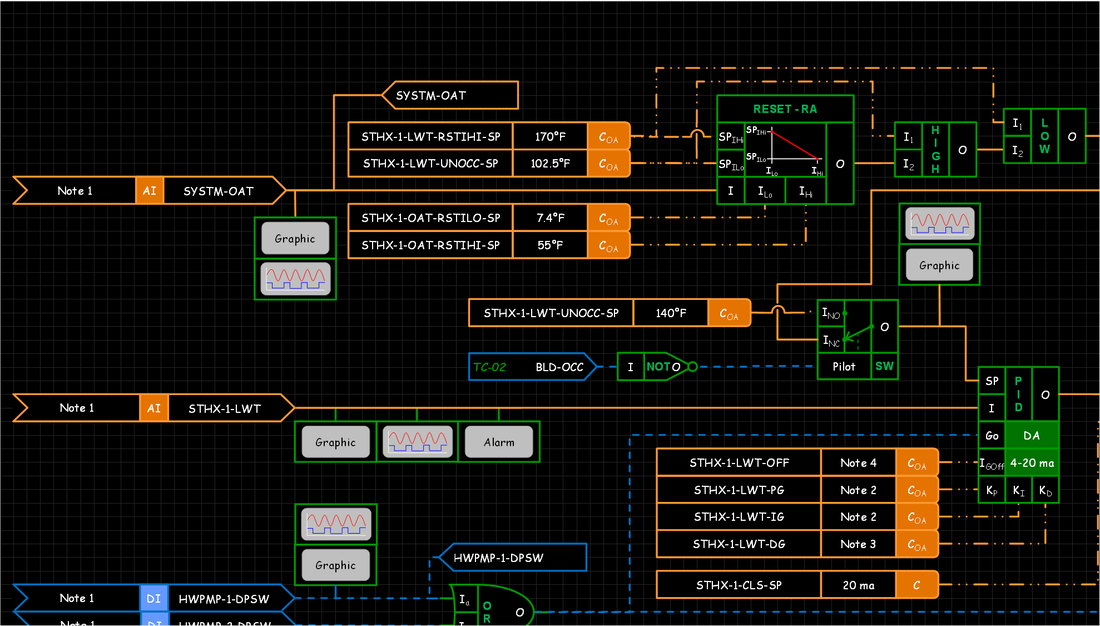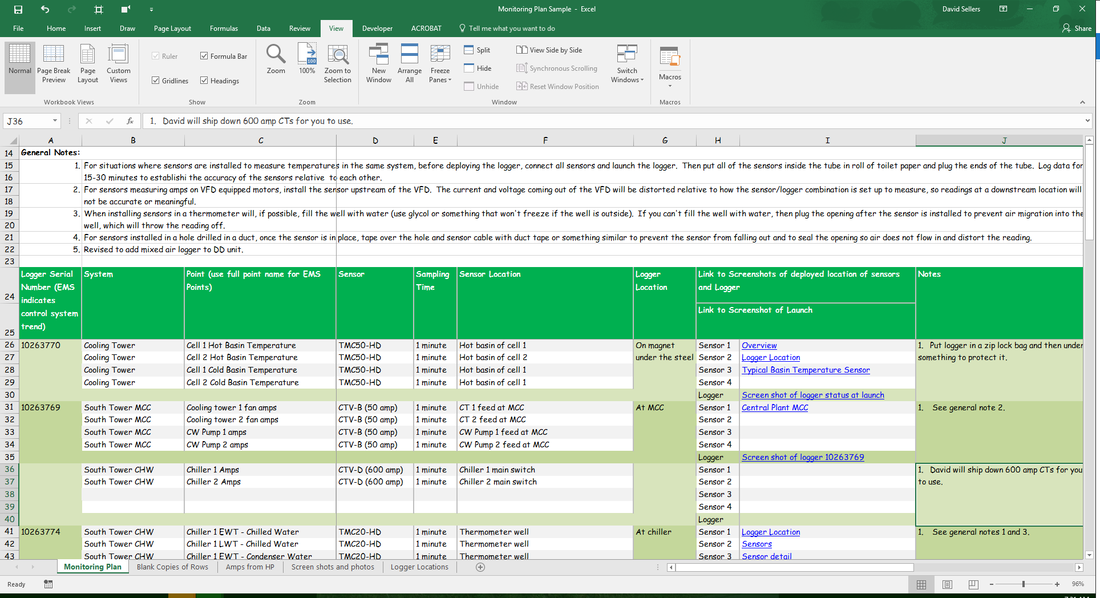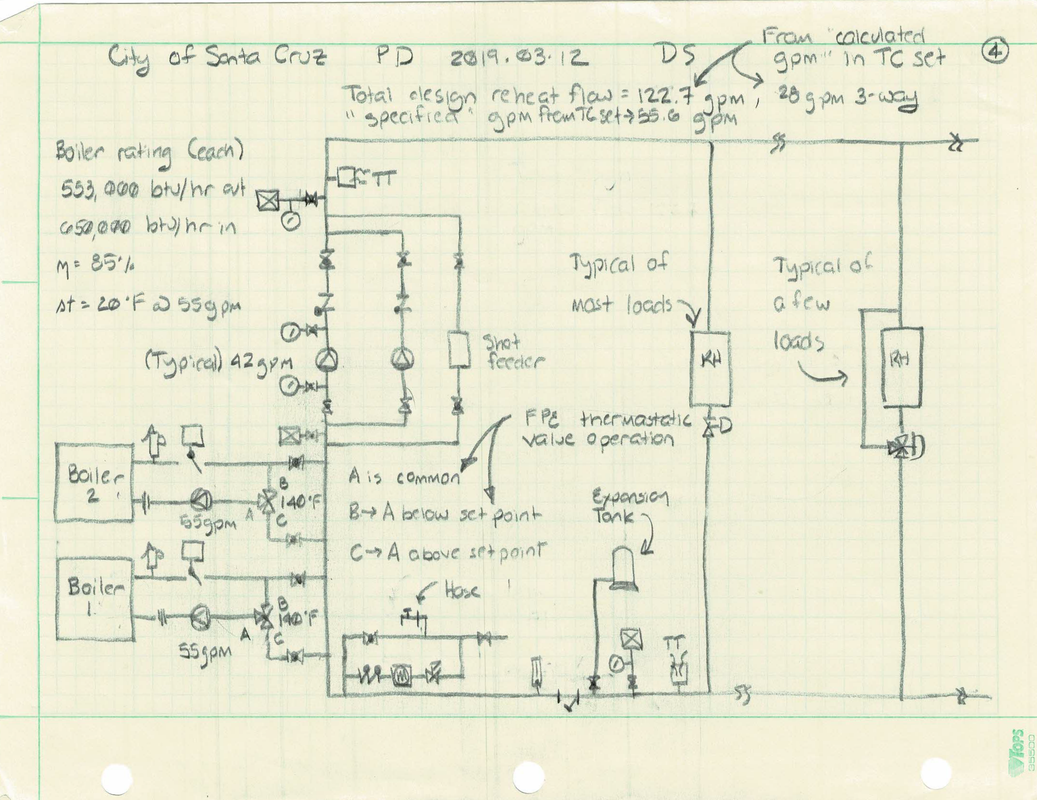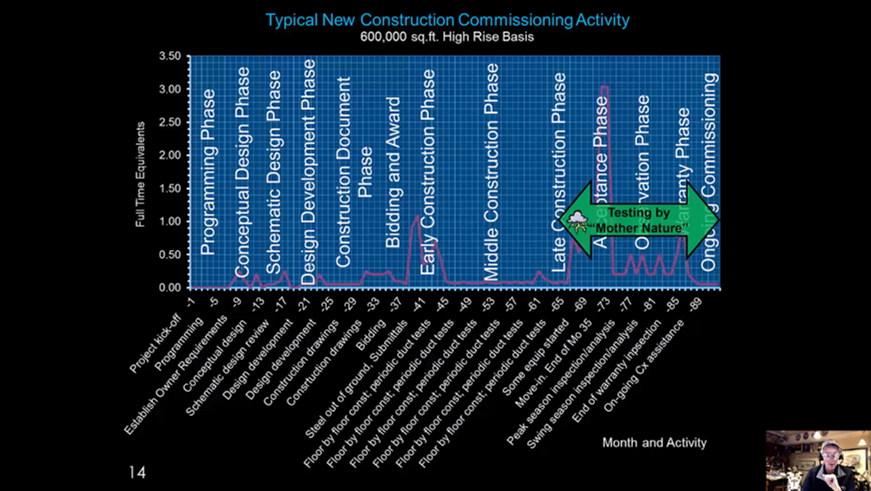Videos |
This page serves as the gateway to the videos we have on the site.
Ripple EffectsThese video clips look at how a disturbance in one system can ripple out and cause problems in other interconnected systems.
|
Tower Flow VariationUniform flow distribution over the fill of a cooling tower is crucial to its performance, but may not always be there.
|
Induction MotorsIn these videos, I demonstrate the basic principles of induction, which are behind how the induction motors we typically use in our building systems work.
If you want to know more about induction motor theory, you will find a set of training videos on the topic located on the On Demand Training section of the web site. |
Pump TestThis video walks through the steps in a pump test including demonstrating that as the load on the pump motor decreases, the speed of the motor shifts up from the nameplate rating, which is associated with full speed, towards synchronous speed. In other words, it illustrates how slip for a three phase induction motor will vary with the load on the motor.
|
|
Monitoring PlansMonitoring plans are tools we use to organize our data collection efforts for existing building commissioning projects. This video provides an overview of what a monitoring plan is and what you should be thinking about as you develop one. You will find some related resources on the Monitoring Plan Spreadsheet page of the website
|
Variable Flow SystemsThis play list includes a video that discusses the various common types of pumping systems that are found in buildings, including constant flow, variable flow, variable flow primary/secondary and variable flow primary only system. The second video takes a closer look at how a variable flow primary-secondary heating hot water system works.
|
Functional TestingThis play list explores the role of functional testing in existing building and new construction commissioning processes. A case study is included that illustrates how a simple test was devised to "ask the building a question" about an operating problem and how the test results were used to inform a relatively simple modification to the control logic to solve the problem.
|
